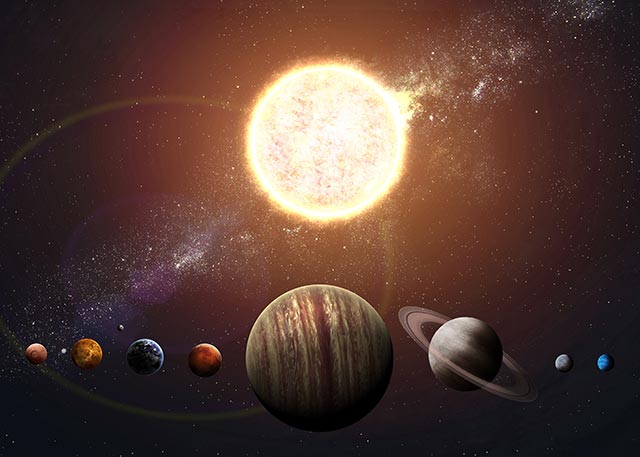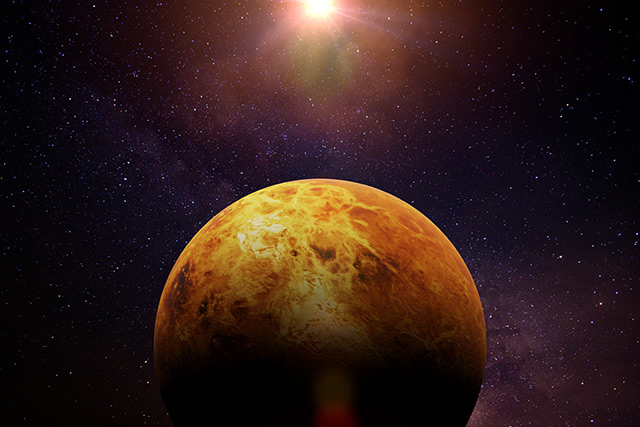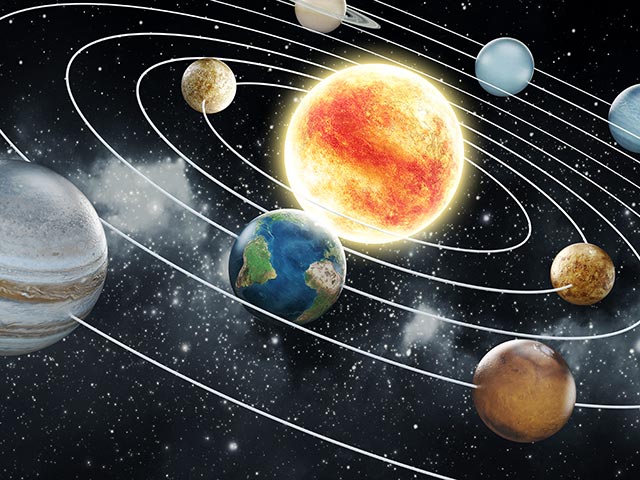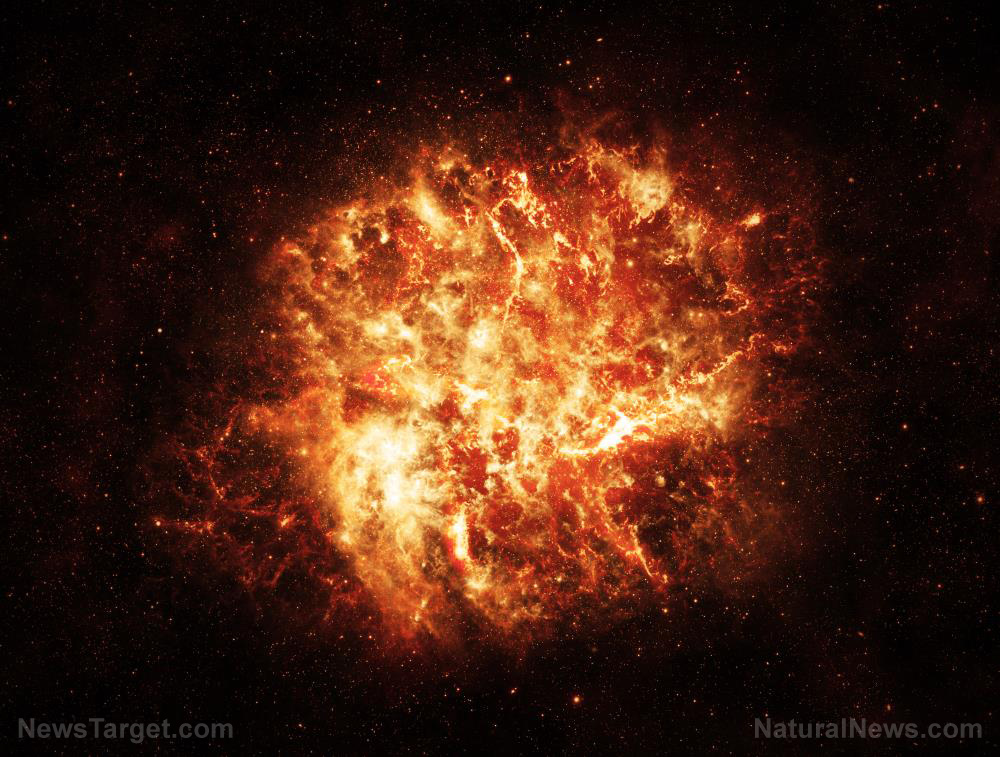Adverse space weather may have been responsible for the RMS Titanic shipwreck, study suggests
09/18/2020 / By Virgilio Marin
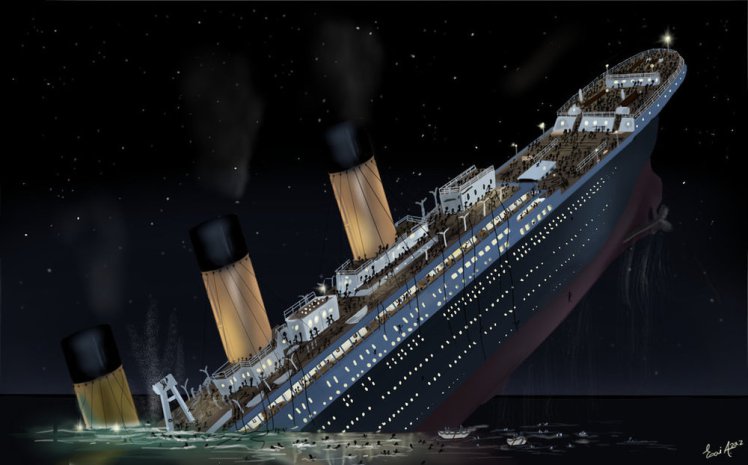
A recent study suggests that incorrect compass readings likely sent the RMS Titanic off course, thanks to adverse space weather on the night of the disaster.
Study author Mila Zinkova, an independent weather researcher and retired computer programmer, read several firsthand accounts of the shipwreck and found that the aurora borealis appeared on that fateful night. The aurora borealis, or northern lights, can occur when the sun emits more energy and charged particles than usual. Such an intense solar emission can also interfere with equipment on Earth, including a compass.
“Even if the compass moved only one degree, it already could have made a difference,” said Zinkova, who is based in California.
Her findings were published in the journal Weather.
Northern lights on the night of the Titanic tragedy
Accounts from several survivors and responders indicate that the northern lights shone on April 14, 1912, the night the Titanic sank.
Lawrence Beesley, a survivor of the shipwreck and an author, was in a lifeboat when he saw a faint glow in the sky. The vessel had just gone under. And Beesley, along with the other survivors on the boat, lost track of time and thought that dawn was approaching. Instead, the faint glow intensified for a time before mellowing and strengthening again.
“‘The Northern Lights!’ It suddenly came to me, and so it was,” he wrote.
Meanwhile, James Bisset was an officer on board the RMS Carpathia, the passenger steamship that rescued the remaining Titanic passengers. He recorded the northern lights on his logs an hour before the Titanic collided with an iceberg.
“There was no moon, but the Aurora Borealis glimmered like moonbeams shooting up from the northern horizon,” wrote Bisset. When they reached the lifeboats five hours later, the northern lights were still going strong.
Geomagnetic storm affected compass readings
Periods of intense solar activity result in phenomena such as solar flares and coronal mass ejections. These solar phenomena emit a strong outburst of radiation and charged solar particles. When this outburst arrives on Earth, it buffets the magnetosphere, a region of space dominated by Earth’s magnetic field. Intense solar emissions can peel and, in some cases, modify the magnetic field, causing a disturbance called a geomagnetic storm, which can occur for six to 12 hours.
According to Zinkova, a geomagnetic storm was brewing on the night of the sinking. It was so intense that it interfered with the ship’s navigation; a compass is reliant on Earth’s magnetic field, which means any modifications to the latter will affect compass readings. Furthermore, the storm disrupted wireless communication between the liner and responding vessels, blocking distress calls and responses from the rescuers.
However, the magnetic disturbance also helped offset navigational errors, according to Zinkova. She noted that the Carpathia received the wrong coordinates for the vessel, which pointed to a location 15.5 miles from the Titanic’s actual location. But the Carpathia succeeded in sailing directly to the lifeboats because compass errors, induced by the geomagnetic storm, canceled out the incorrect coordinates. She also speculated that the light from the aurora was likely beneficial for the rescue operation. As a result, the Carpathia was able to rescue 705 survivors of the disaster from the 20 lifeboats.
“The fact that so many people saw the aurora makes me confident that there was a space weather event happening,” said Chris Scott, an astrophysicist at the University of Reading in England who was not part of the study. (Related: The sun could blast Earth with a solar ‘superflare’ 1,000 times larger than mankind has ever seen.)
He said that future studies can develop models of Earth’s ionosphere on the night of the disaster and simulate available radio broadcasts sent from the Titanic and the Carpathia. These efforts, Scott said, can illuminate why some messages got through and others did not.
Disaster.news has more on the effects of intense solar activity on Earth.
Sources include:
Tagged Under: aurora borealis, compass, cool science, disaster, disaster history, geomagnetic storm, northern lights, RMS Titanic, shipwreck, solar activity, solar emissions, space weather, Titanic sinking, weather
RECENT NEWS & ARTICLES
Cosmic.News is a fact-based public education website published by Cosmic News Features, LLC.
All content copyright © 2018 by Cosmic News Features, LLC.
Contact Us with Tips or Corrections
All trademarks, registered trademarks and servicemarks mentioned on this site are the property of their respective owners.

